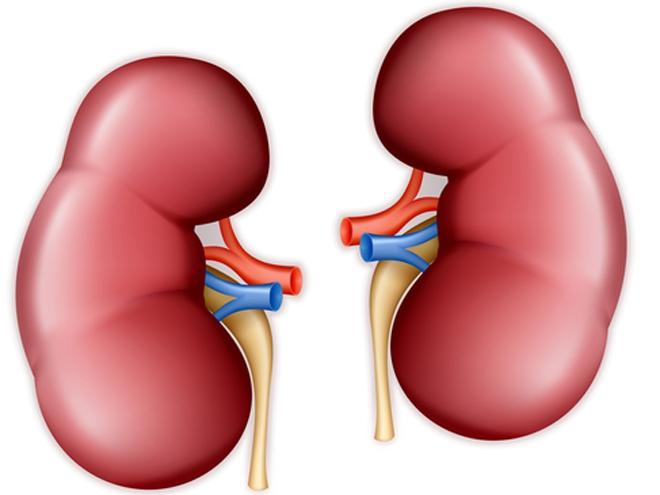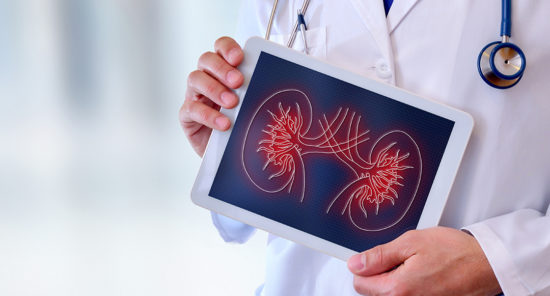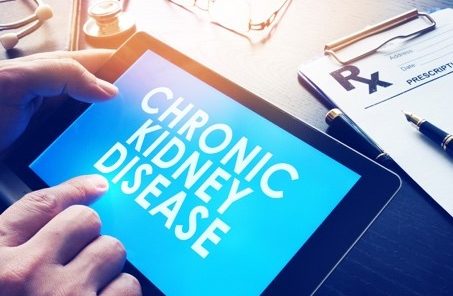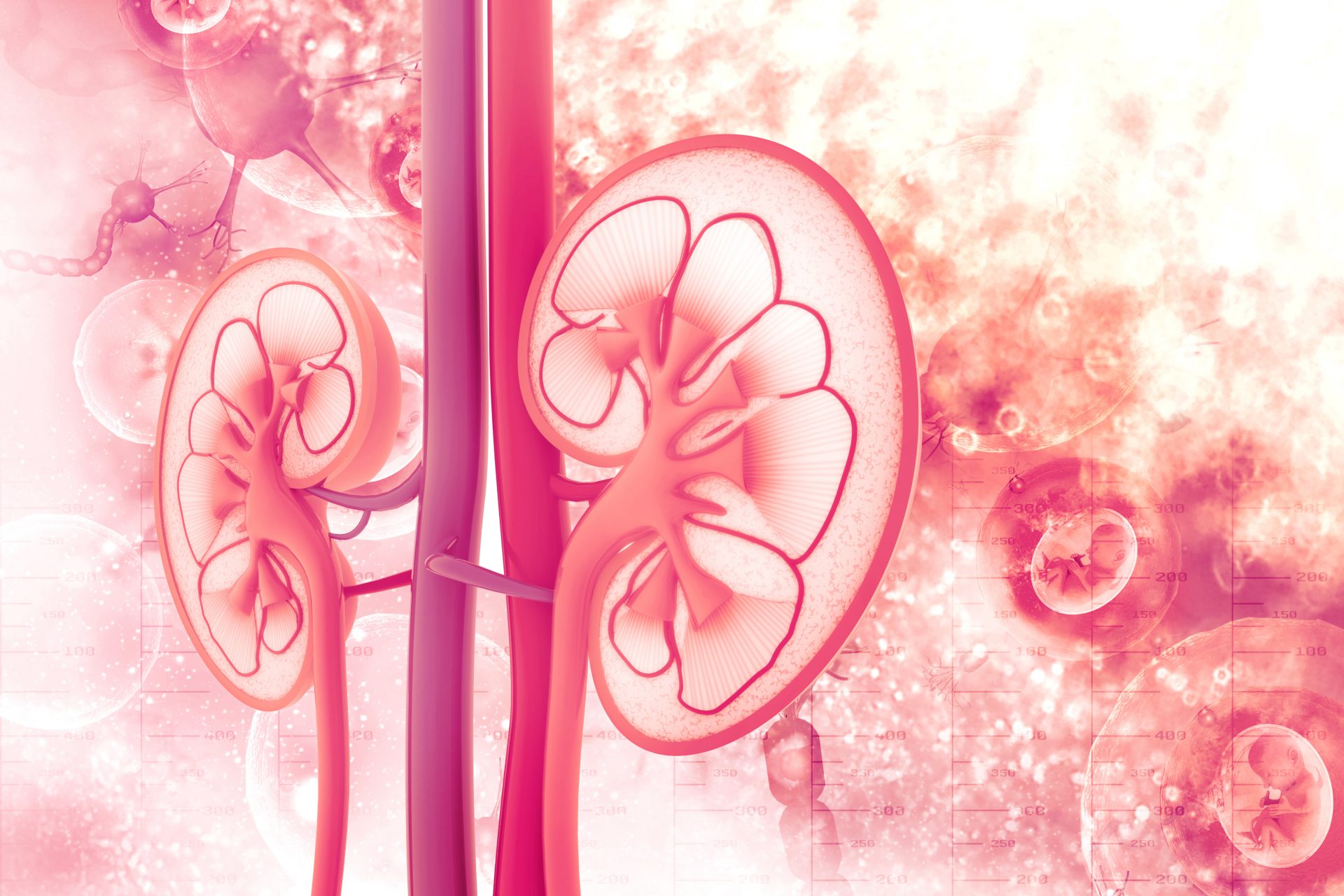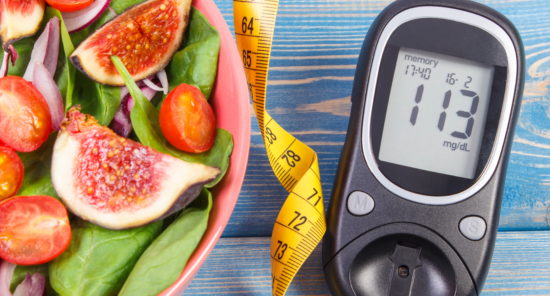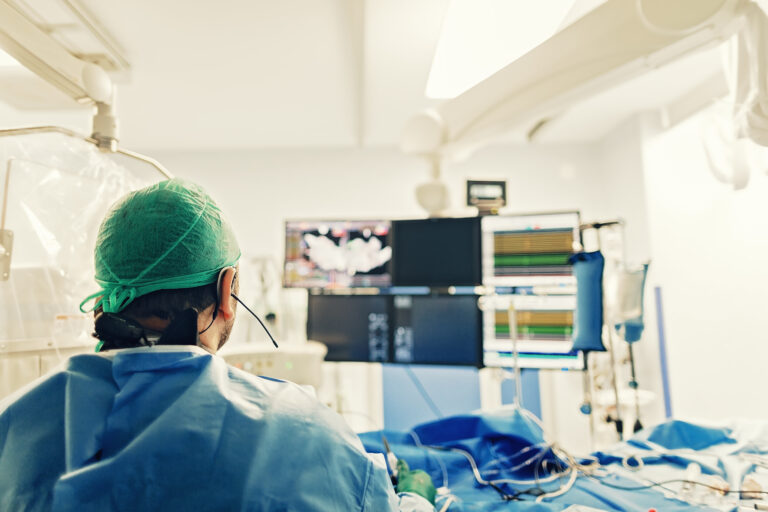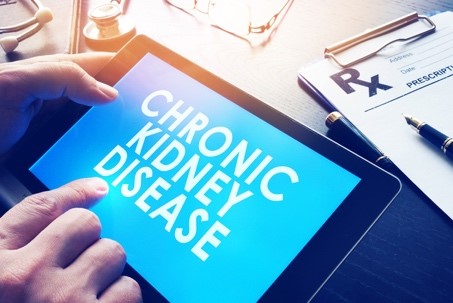Patients with end-stage renal disease (ESRD) due to symptomatic autosomal dominant polycystic kidney disease (ADPKD) may require bilateral native nephrectomy (BNN). The optimal timing of BNN is unclear. Clinicians at the Mayo Clinic, Rochester, Minnesota, began offering laparoscopic BNN with hand-assisted method at the time of kidney transplant for patients with symptomatic disease.
At the NKF 2020 Spring Clinical Meetings Nitin Abrol, MBBS, MS, MCh, reported results of an retrospective analysis of the cohort of patients who underwent simultaneous BNN with kidney transplantation. The outcome of interest was allograft function recovery after the surgery. The presentation was titled Simultaneous Laparoscopic Bilateral Native Nephrectomy with Kidney Transplantation Does Not Affect the Allograft Function in Patients with Symptomatic ADPKD and ESRD.
The cohort included patients who underwent simultaneous laparoscopic BNN with kidney transplantation from 2014 to October 2019. Patients who underwent unilateral NN (n=5), no NN (n=121), or simultaneous liver transplant (n=6) at the time of kidney transplant were excluded.
During the study period, 185 adult patients with ADPKD underwent kidney transplantation. Of those, 53 had hand-assisted laparoscopic BNN at the time of the kidney transplant. A single surgeon performed all surgeries. Median age of the cohort was 53.1 years, 56.6% were male, and median body mass index was 28.8 kg/m2. With the exception of one patient, all received a kidney from a living donor, the majority (84.8%) were induced with alemtuzumab, and 86.8% were pre-emptive.
One patient reported small bowel resection due to intraoperative small bowel injury. There was no solid organ injury during the procedure. The median duration of urethral catheter and ureteric stent was 3 days.
Immediate allograft function and steady decline in serum creatinine was seen in all patients. No patients required dialysis following kidney transplantation. On day 1 following the transplant, the median decline in creatinine and hemoglobin was 1.2 mg/dL and 2.2 g/dL, respectively. All patients completed 3 weeks of follow up; 35 patients completed 1 year of follow up. There was no graft loss in the first year following kidney transplantation. At 1 year, median creatinine was 1.5 mg/dL.
In conclusion, Dr. Abrol said, “Hand-assisted laparoscopic bilateral nephrectomy is feasible with kidney transplantation in patients with symptomatic ADPKD. Overall, the procedure is safe without compromising graft viability.”
Source: Abrol N, Bentall A, Torres V, Prieto M. Simultaneous laparoscopic bilateral native nephrectomy with kidney transplantation does not affect the allograft function in patients with symptomatic ADPKD and ESRD. Abstract of a presentation at the National Kidney Foundation 2020 Spring Clinical Meetings; abstract #375.
Credit: Original article published here.

